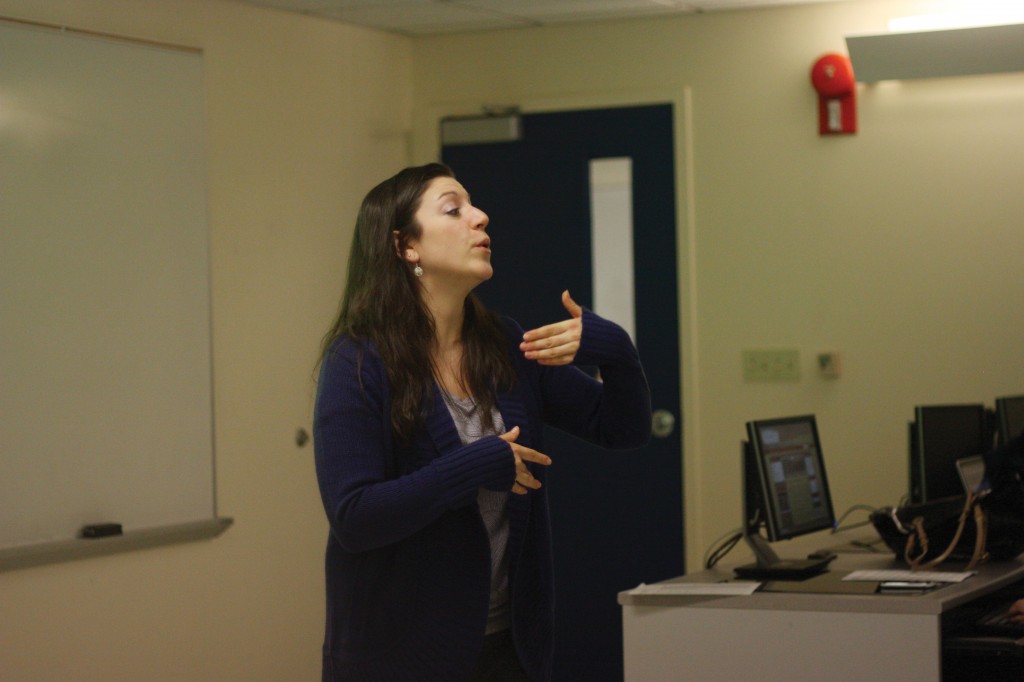
Given the growing importance of social media reputations for college graduates, the Center for Career Development held a workshop Tuesday to teach students the essentials to building a successful profile on the professional networking website, LinkedIn.
LinkedIn allows users to build a profile that resembles a résumé, listing their educational background and work and internship experience. Unlike a paper résumé, which is normally kept to one page and mandates that work experience be written concisely, LinkedIn users are able and encouraged to expand on the details they provide.
“The role of a [paper] résumé is really to target your employers, so it has to be very tailored to the type of work you’re going to be doing,” said Danielle Dottolo, the CDC counselor who hosted Tuesday’s workshop. “On the résumé, you put a couple of bullet points; on LinkedIn, you can put 10.”
The website, which is used by more than 175 million people in more than 200 countries — including 2 million companies and executives from all Fortune 500 companies — lists jobs and internships users can apply for and allows employers to view the applicant’s profile after he or she has applied.
During the workshop, Dottolo asked students to create an account on LinkedIn. From there, attendees were instructed to fill in the required information in an eye-catching manner. This means knowing how to be keyword-savvy. One piece of advice Dottolo gave is to search what phrases are used in a job listing and to use those phrases on your profile.
The sections that make up a profile include a photo, the “headline” that should state who the user is in a sentence, a photo, experience in any type of work, education background, and skills and expertise. Users are encouraged to elaborate on the details of their work.
Dottolo stressed the importance of professionalism and customization on LinkedIn. Although the website resembles other social media websites in certain respects, such as the option to write or “update your status,” it is a strictly professional network. Photos should be kept formal and professional, Dottolo said, and status updates should state something useful, such as “I just learned how to write functions at work” rather than “I had a good day at work.”
“It’s not like updating Facebook,” Dottolo said.
Instead of a “friends list,” LinkedIn users have people that they have “connected” with; these people can range from friends, past and present coworkers and bosses or supervisors. Users can have someone with whom they have connected write them a public recommendation that can be viewed by employers, and to pick and choose what they want stressed in a recommendation, such as specific strengths and abilities.
Dottolo said that people who rely solely on paper résumés are put at a disadvantage.
“A very high number of recruiters were discouraged by lack of online content of a candidate, and in the opposite direction, they were encouraged by someone who does have online content,” Dottolo said.


